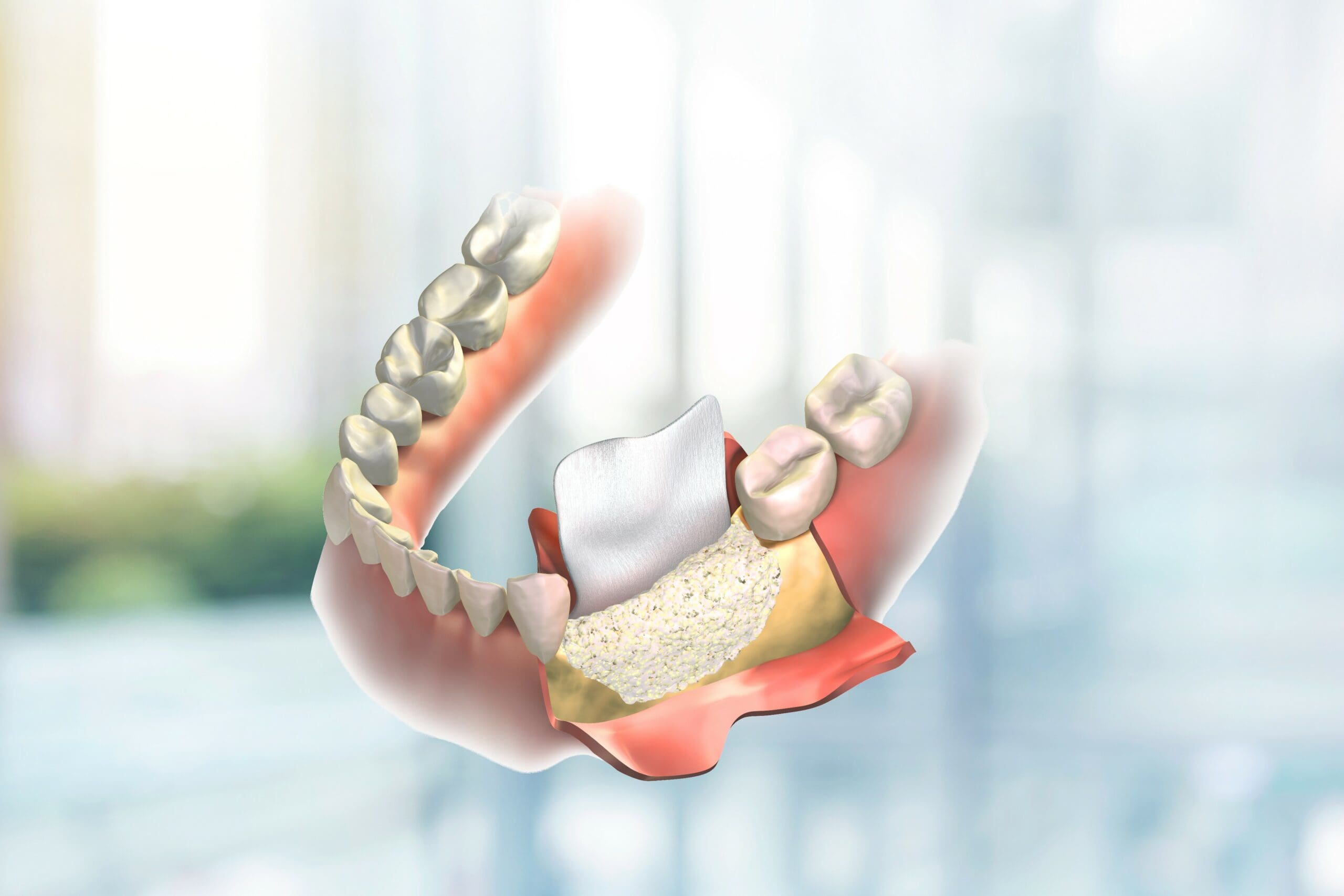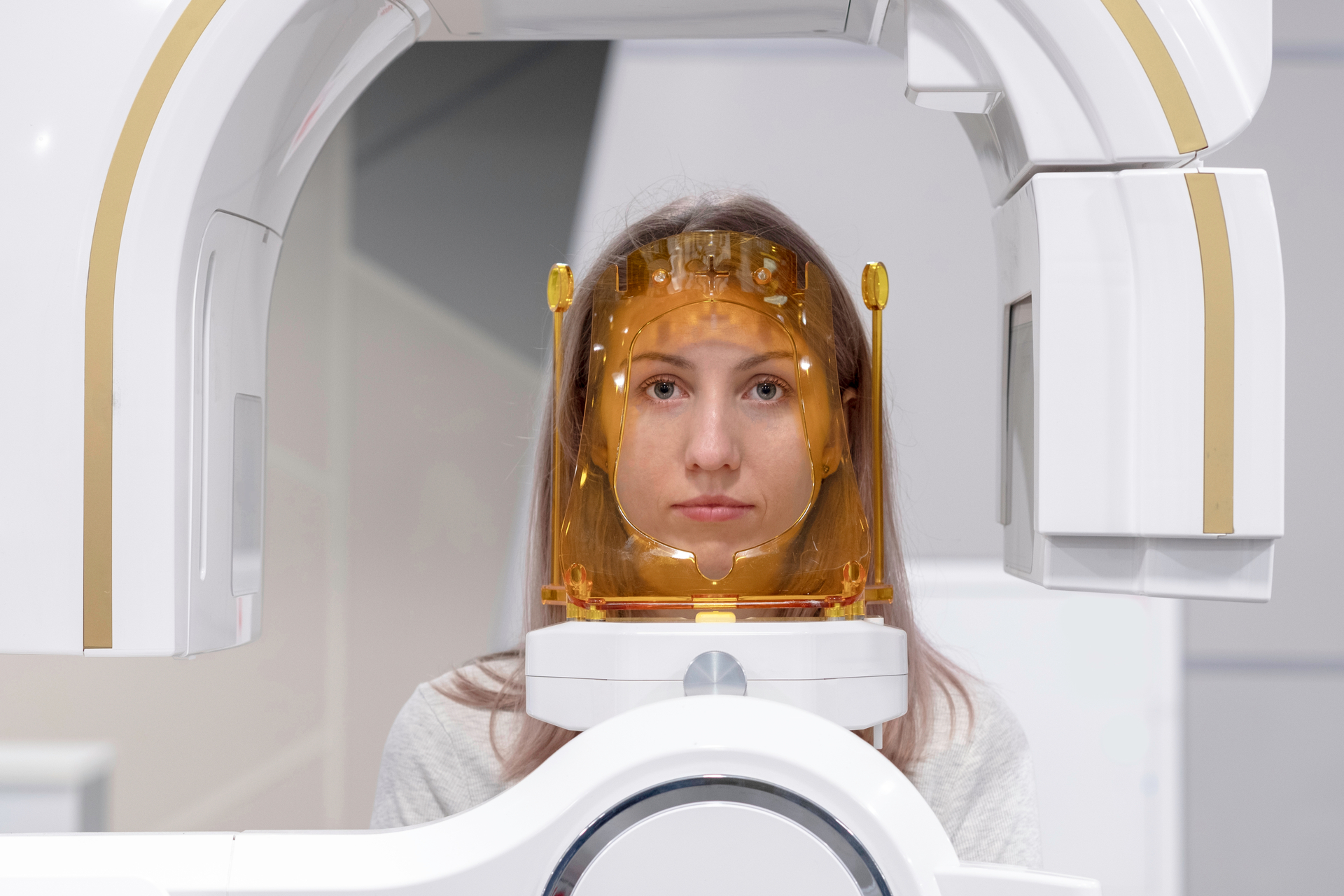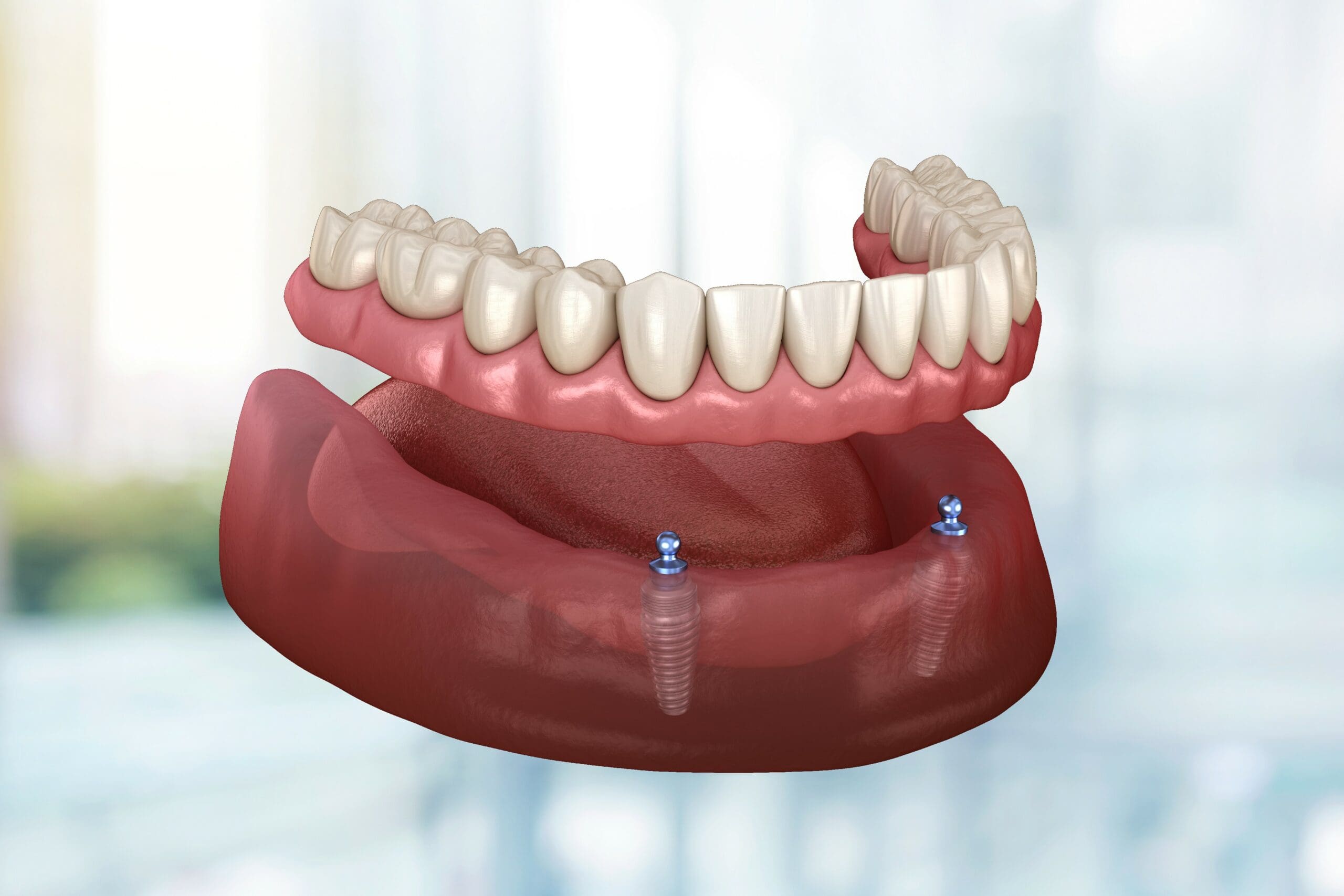
Mouth-Body Connection
Diabetes People with diabetes are more likely to have periodontal disease than people without diabetes. This is because diabetics (with higher blood sugar) are more susceptible to contracting infections and have a lower healing capability. Periodontal disease worsens diabetes by making it more difficult to control blood sugar, even with medication. Treatment of periodontal disease has been shown to result in better blood sugar control, and improvement of diabetes. Heart Disease Researchers have found that people with periodontal disease are almost twice as likely to suffer from coronary artery disease as those without periodontal disease. People who have periodontal disease have a pathway through which oral bacteria can enter their bodies: through infected gums. Bacterial plaque in our arteries increases the risk of heart disease by contributing to systemic inflammation, clot formation and narrowing of our coronary arteries (heart blood vessels). Stroke Studies have pointed to an association between periodontal disease and stroke. In one study, people diagnosed with a shortage of oxygen to the brain (acute cerebrovascular ischemia) were found more likely to have an oral infection. The treatment and prevention of periodontal disease is an important factor in controlling and preventing both heart disease and stroke. Osteoporosis Recent studies have revealed an association between osteoporosis and bone loss in the jaw. Bone loss of the jaw results in weaker foundation for teeth, leading to increased risk for tooth loss. Estrogen deficiency following menopause has been suspected to link to osteopenia/osteoporosis and oral bone loss. Nutrition and exercise is extremely important in slowing down or preventing osteoporosis. If you are suffering from osteoporosis, please contact our office to find out how periodontal disease and nutritional supplements can influence osteoporosis. Pregnancy Problems Pregnancy causes changes in hormones, which can result in increased susceptibility to periodontal disease. During pregnancy, there is likely an increase chance of bleeding and swelling of the gums (pregnancy gingivitis). More frequent cleanings are recommended during this period to reduce inflammation and prevent the development of periodontal disease. Recent evidence suggests that periodontal disease, if untreated, can cause preterm birth and low birth weight babies. Periodontal disease triggers increased levels of biological fluids that induce labor. Pregnant women who have periodontal disease may be many times more likely to have a baby that is born too early or too small. All infections, including periodontal disease, are cause for concern for pregnant women and pose a risk to the health of the baby. We advise all pregnant women to please contact our office for an evaluation and professional cleaning. We want to help you have the healthiest baby possible. Respiratory Disease Researches have shown that periodontal disease can increase respiratory infections in two ways. Periodontal bacteria in oral cavity can be inhaled into the lungs and cause direct infection, increasing the risk of allergies, breathing problems, and pneumonia. Periodontal disease can also result in systemic inflammation by altering the lining of the lungs and increasing susceptibility to lung conditions or breathing problems such as asthma or emphysema.Treatment of periodontal disease with frequent tooth cleanings and home care can reduce complications relating to chronic breathing disorders.





